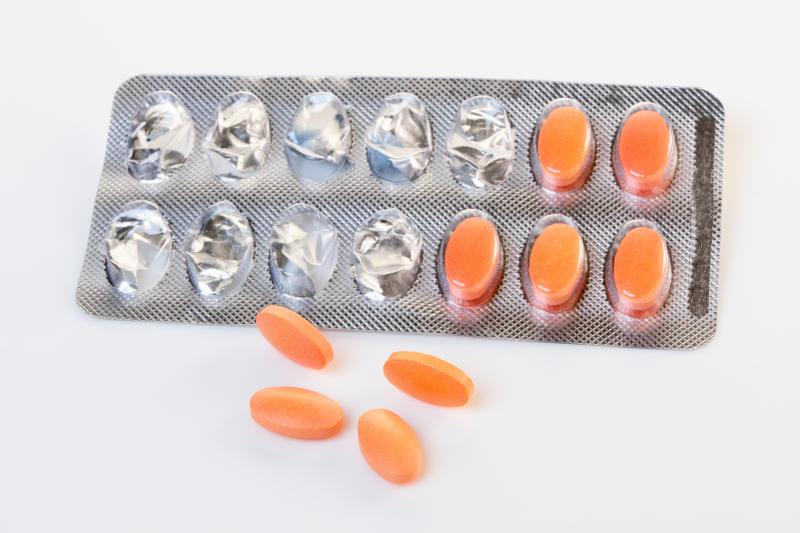 Statin side effects are found to be largely related to patients’ negative expectations.
Statin side effects are found to be largely related to patients’ negative expectations.Intensive regimens for lowering low-density lipoprotein cholesterol (LDL-C) levels may be more beneficial in people with normal body mass index (BMI), reports a new meta-analysis.
Accessing the databases of Central, Embase and PubMed, researchers retrieved 29 randomized controlled trials corresponding to 266,148 patients. The baseline BMI was 27.6±1.64 kg/m2, while LDL-C concentration was 129.1±28.4 mg/dL. Participants were followed for a weighted mean duration of 3.9±1.6 years.
Meta-regression analysis revealed that high BMI reduced the efficacy of intensive LDL-C-lowering regimens. In those with BMI <25 kg/m2, such medications reduced the risk of cardiovascular mortality by almost half (hazard ratio [HR], 0.57, 95 percent confidence interval [CI], 0.37–0.86). In the topmost tertile of BMI, however, the effect was null (BMI ≥30 kg/m2; HR, 0.96, 95 percent CI, 0.68–1.33; pinteraction=0.05).
Similar effects were found with respect to other outcomes. Intensive LDL-C-lowering medications were less effective at decreasing the risk of all-cause mortality in patients with high vs low BMI (pinteraction=0.02). The same was true for the risk of major adverse cardiovascular events (pinteraction=0.03).
Disaggregating into specific outcomes did not meaningfully alter the principal findings. In particular, intensive LDL-C-lowering regimens were less effective at reducing the risk of myocardial infarction and revascularization in participants with high BMI. No such effect was reported for cerebrovascular events.
“With the increasing rate of obesity and its hazardous impact on cardiovascular health, data such as the ones presented in this study should provide an enhanced rationale for public health initiatives focused on the importance of keeping a healthy body weight throughout life,” said researchers.